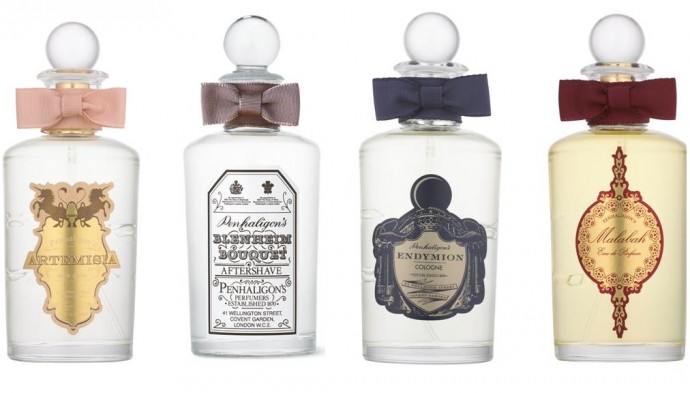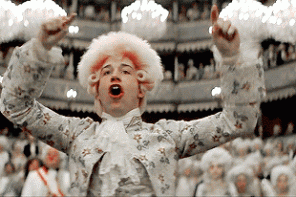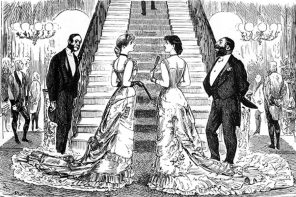Picking out a perfume may seem simple, you sniff and it’s either a yea or nay. However, understanding fragrance can be most helpful when tackling the overwhelming perfume department. Do you generally prefer a floral or woody scent? Should you get the Eau de Toilette or spring for the more concentrated perfume extract? By learning proper terminology to describe your likes and dislikes you can quickly narrow down your next signature scent.
INTENSITY
Perfumes can come in four different intensities or concentrations. Eau de Cologne, Eau de Toilette, Eau de Perfume and Perfume Extract. The concentration depends on the percentage of aromatic compounds mixed into the fragrance. The higher the percentage the more concentrated it will be and the longer it will last.
EAU DE COLOGNE
Eau de Cologne is the least concentrated of the bunch containing only 2-5% of aromatic compounds. Since it only lasts 2 to 3 hours it can be sprayed throughout the day and is a light, refreshing and often citrus scent.
EAU DE TOILETTE
Eau de Toilette is more concentrated than Eau de Cologne containing 7-12% of aromatic compounds. The top notes are the most dominant, which makes for a light fresh scent but fades rather quickly when compared with an Eau de Perfume or perfume. It tends to last from 2 to 4 hours.
EAU DE PERFUME (PARFUM)
Eau de Perfume is more intense than Eau de Toilette containing 10-30% of aromatic compounds and lasts 3 to 5 hours. Since it’s more concentrated than eau de toilette it’s sold in smaller sizes.
PERFUME (PERFUME/PARFUM EXTRACT)
Perfume is the strongest version of fragrance as it contains 20-40% of aromatic compounds therefore being the most concentrated and expensive. It usually lasts from 3-8 hours and should be applied directly to the pulse points of the skin such as the inner wrists, neck, behind the ears, behind the knees or inside the elbows.
NOTES
Fragrances are typically broken up into 3 notes.
TOP NOTE
The top note is the first impression, a lighter scent which, lasts around 5-18 minutes. Often citrus, powdery scents and light florals are used.
MIDDLE NOTE / HEART
The middle note is the heart of the perfume. These fragrant elements come through after the lighter top notes have faded and mask the heavier base notes. Heart notes most often include heavier floral scents.
BASE NOTE
Base notes take the longest to develop (about at least 30 minutes). They form the base of the scent and with the middle note form the biggest impression of the fragrance. Usually stronger scents are used such as woody, oriental or heavy florals.
CATEGORIES
FLORAL
The most popular category of perfume tends to be florals. Think lilies, violets, roses, jasmine… They offer a light, feminine, romantic, sweet scent. Always a classic.
ORIENTAL
For a more exotic, adventurous feel try an oriental perfume. Made from spices such as vanilla, cinnamon and incense they originate from more exotic parts of the world. They have a wonderful depth and warmth.
WOODY
Often seen as a masculine scent woody perfumes typically have a light top note and a muskier middle note. They work nicely on women as an evening scent as they tend towards a sophisticated, confident feel.
FRESH
Perfect for spring or summertime, fresh or citrus notes provide a refreshing, calming scent. Orange, lemon and various herbal accents are often used, making for a lovely subtle allure.
Take a look at this helpful fragrance wheel courtesy of Michael Edwards.
HOMEWORK: What’s your favorite type of scent? Floral? Woody? Or do you mix it up depending on time and season? Let me know in the comments!






